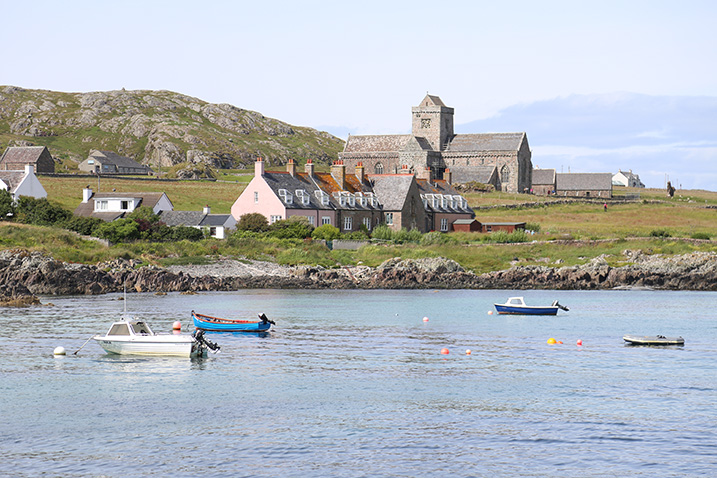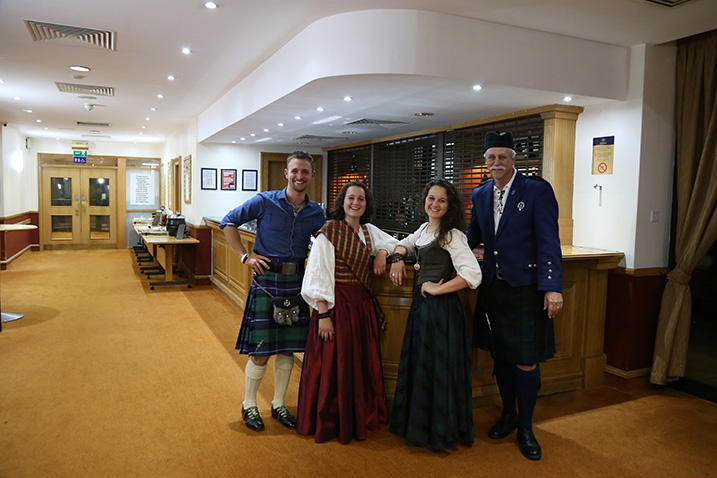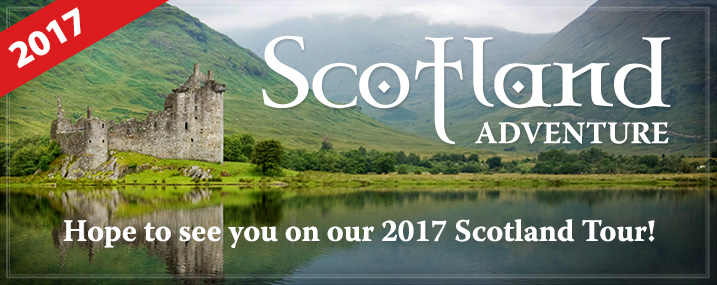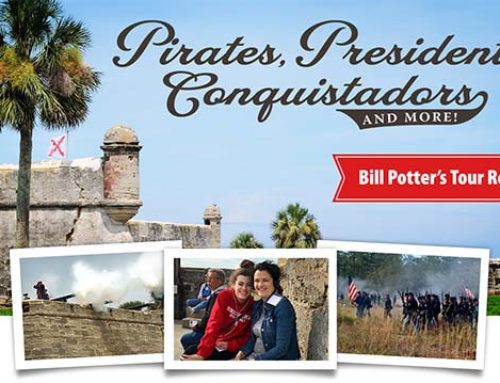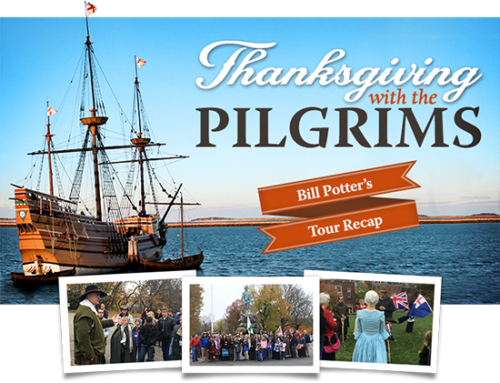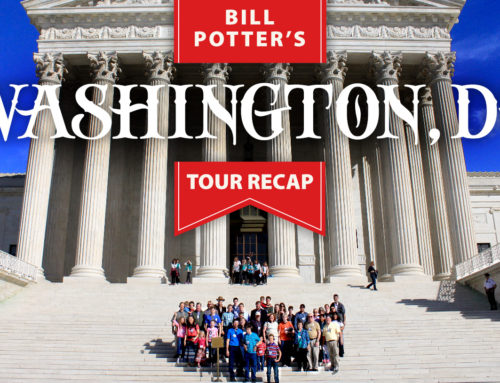 ummarizing the historical tour of Scotland gets more difficult every year, not because of the wonder of the sites we visit, or even the messages that increase our understanding or contribute to our sanctification. The difficulty lies in our inability to convey the personal and relational joys of meeting new friends, getting to know them well, saying goodbye when we don’t want to leave, and hoping that in God’s good providence we’ll meet again. Each person must fill in the gaps for himself or herself in remembering the many brief moments of insight, revelation, and affection that characterize the experience of many of us.
ummarizing the historical tour of Scotland gets more difficult every year, not because of the wonder of the sites we visit, or even the messages that increase our understanding or contribute to our sanctification. The difficulty lies in our inability to convey the personal and relational joys of meeting new friends, getting to know them well, saying goodbye when we don’t want to leave, and hoping that in God’s good providence we’ll meet again. Each person must fill in the gaps for himself or herself in remembering the many brief moments of insight, revelation, and affection that characterize the experience of many of us.
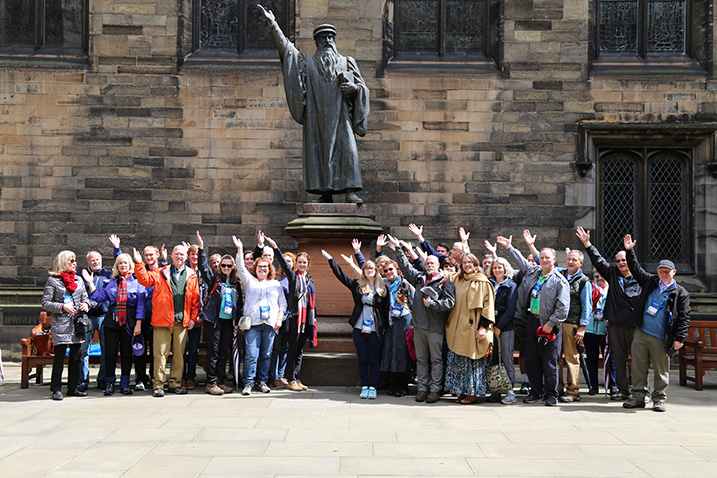
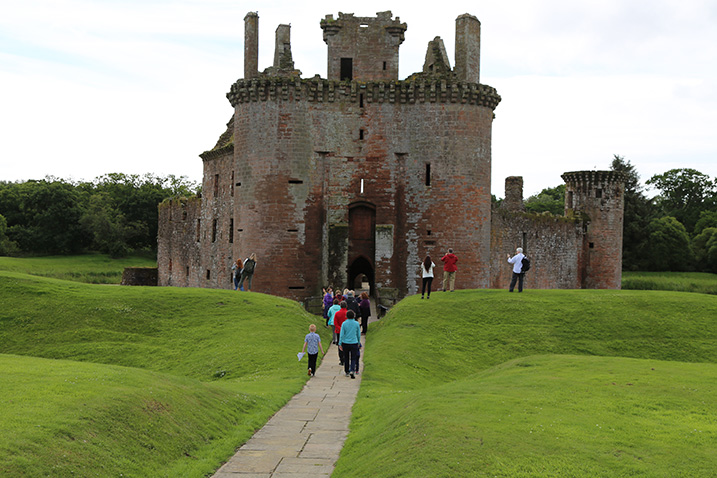
Week One: The Lowlands
Day 1
After the meet and greet of Sunday night and getting the brief of the week from Kevin, Colin and Bill, and regaled in song by our very own troubadour, Sam, we adjourned till the morning first ride to survey the ancient and modern, or as they say, “The Old City and the New City,” of Edinburgh. Colin especially delights in conveying the majesty of every kind of architecture found there and see the memorials to the men who helped make their own life and times so significant, such as Thomas Chalmers, Sir Walter Scott, or Eric Liddell. We tried to look in on the Queen but she apparently had not been informed of our coming. We concluded our day with a visit to the magnificent Edinburgh Castle, home to the Royal Scots Dragoons, the War Memorial, Mons Meg, the Honours of Scotland, Royal apartments, War Museum, dungeons, and more.
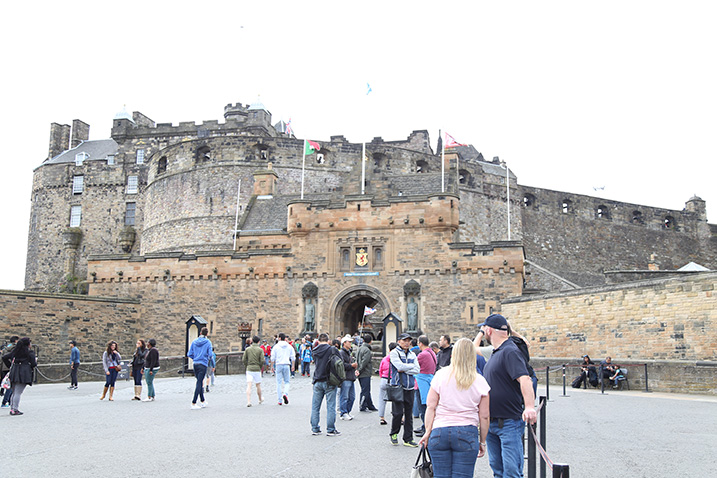
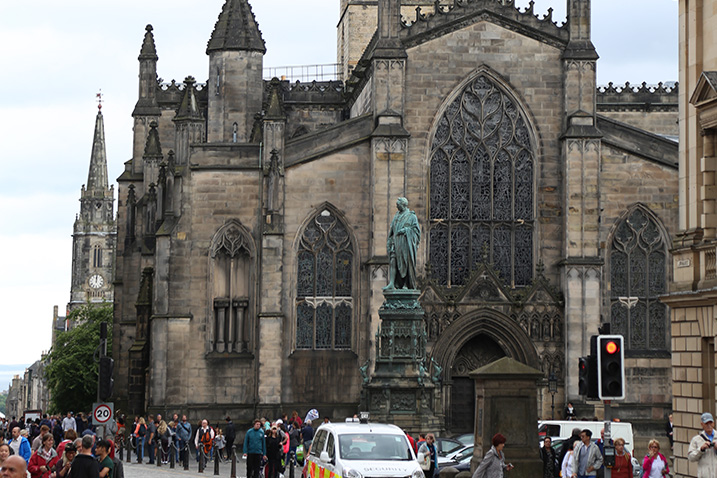
Day 2
Day two found us with our classic walking tour of the city and a day of remembering the Reformer John Knox at the church in which he preached, St. Giles, his home down the Royal Mile and his lonely but distinctive grave-site in the parking lot behind the church. We heard of the powerful influence of Adam Smith next to his prominent statue hard by St. Giles and of the philosopher that specialized in stirring up dissention and opposition to the Faith in the 18th Century “Scottish Enlightenment”, David Hume. We had the distinct privilege of viewing the Ayrshire copy of the National Covenant hanging at the Free Church New College.
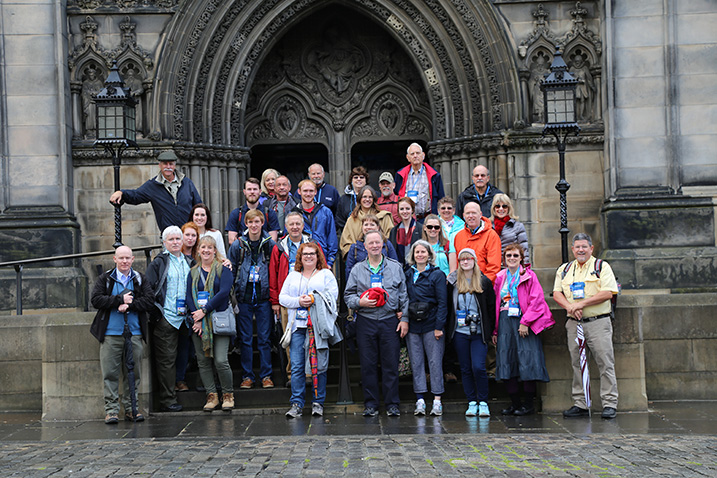
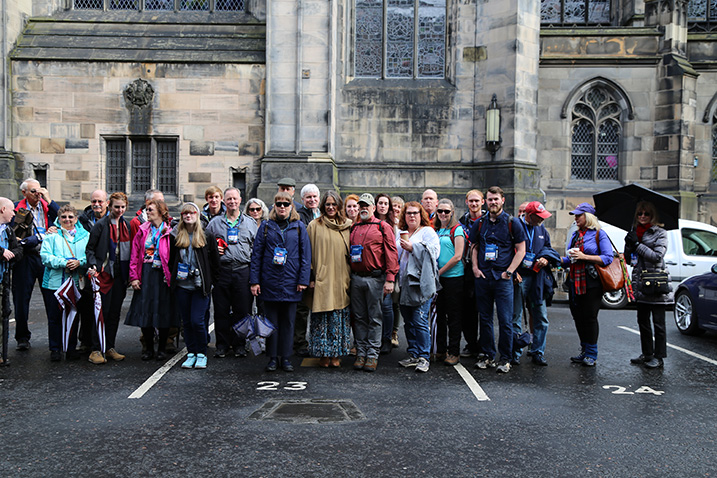
Our afternoon was well spent recounting the tales of the Covenanters and the “Second Reformation” in Scotland. We visited the Martyr’s Monument in the Grass Market, located on the site of executions, Magdalen Chapel (pronounced “Maudlin) which has a rich history of mercy and grace, and finally the Grey Friars’ Kirkyard where many Covenanters are buried near the monument commemorating them, especially naming the Marquis of Argyll, Rev. James Guthrie, and Rev. James Renwick. We also visited the grave-sites of George Buchanan, the great Renaissance scholar and tutor of James VI, and of Alexander Henderson, the successor of John Knox. We also saw the prison pens where the POWs from the sanguinary battle of Bothwell Bridge were kept till trial or death.
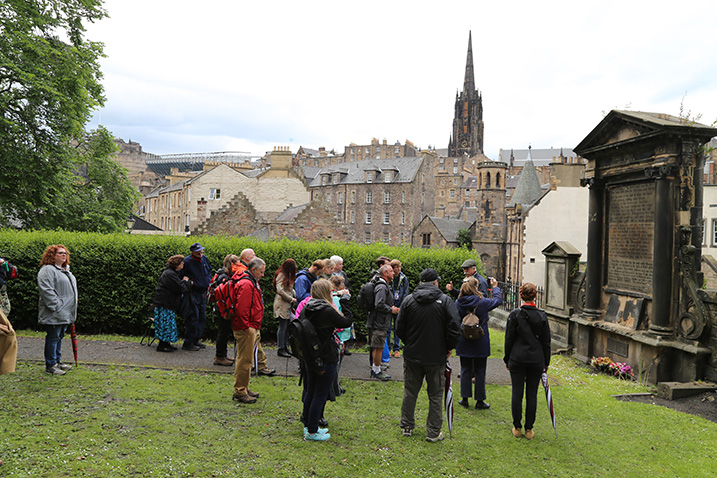
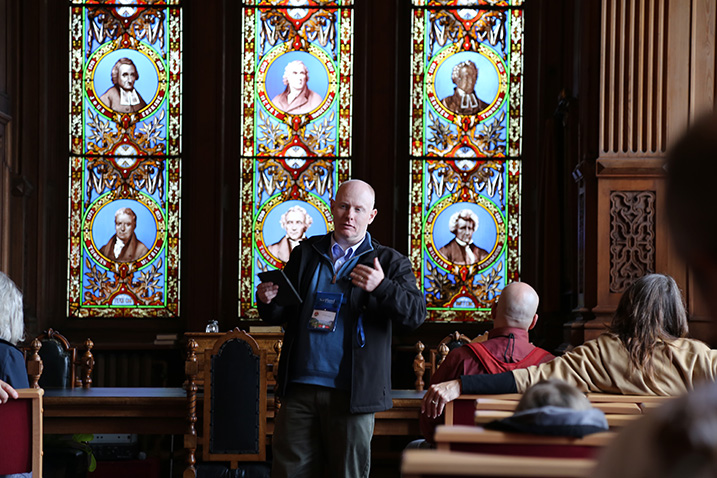
Day 3
On the third day of our adventure we boarded the coach to the strategic and historic town of Stirling. Central to the Scottish independence story, Stirling boasts the Wallace monument, which we climbed, on the Abbey Craig. Looking down on the Stirling Bridge battlefield, the town, and the castle, we viewed the past from the height of angels (with cell phones and cameras of course.) We visited the great Castle of the Realm, fought over too many times to count. In our tour of the Church of the Holy Rude, where one of the first martyrs for the Covenant, James Guthrie, was pastor, we were treated to the first of several delightful string concerts by the Fineout duet. From the church to the battlefield we moved to stand on the ground where Robert Bruce defeated Edward II at Bannockburn, the battle that meant the most for securing Scottish independence from their larger and more powerful and power-hungry neighbors to the south.
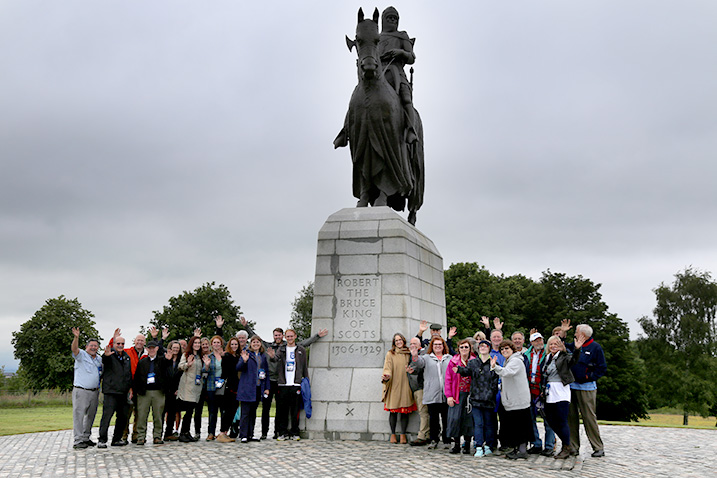
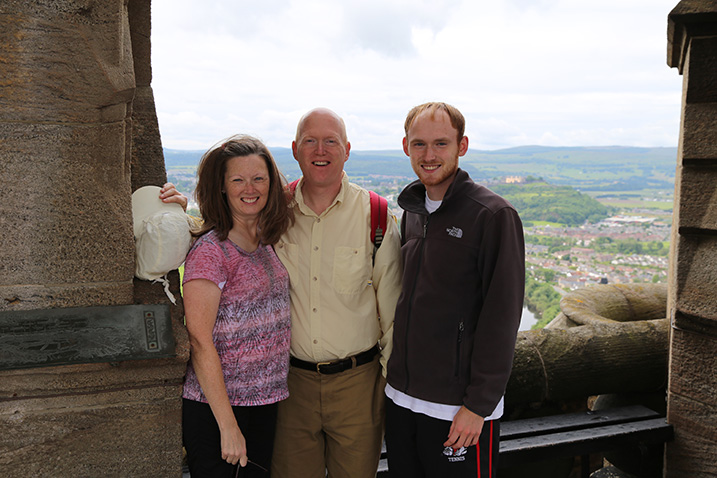
Day 4
Thursday we drove to Glasgow, stopping first at the great cathedral. Some visited the gravesite of “St. Mungo” and some climbed the mountain of graves to the statue of John Knox that overlooks the city — whose official motto was “Let Glasgow Flourish by the Preaching of the Word,” which it did until they changed it to just “Let Glasgow Flourish.”
Our visit to Colin Gunn’s old stomping grounds, Hamilton, began at an ancient Celtic Cross where Colin addressed us before leading in to a brief tour of the church. We paused by the grave of three brave men who were beheaded for their faith and their stand to defend their homes.

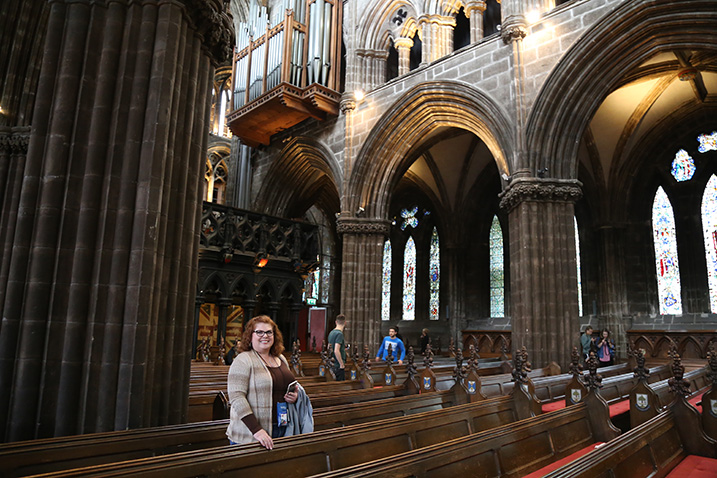
We then drove to Bothwell Castle, which was once again put under siege by an unnamed party who was driven from the walls with some loss. From lunch among the ruins we crossed the famous Bridge where the Covenanting Army made a futile stand against the King’s troops. We rejoiced in our visit to the Kirk in Fenwick, where we viewed inside the church a Covenanter flag, the Bible of Captain John Peyton, and the original call signed by the men of the parish to William Guthrie, cousin of James and a renowned preacher in his own right, author of The Christian’s Great Interest. We also saw the hour glass that assured the congregation that they were not being short changed in the sermon length. Martyrs’ graves surround the church.
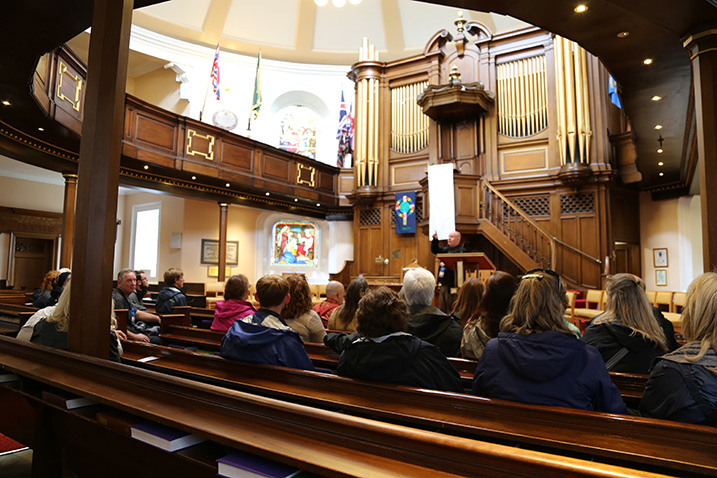
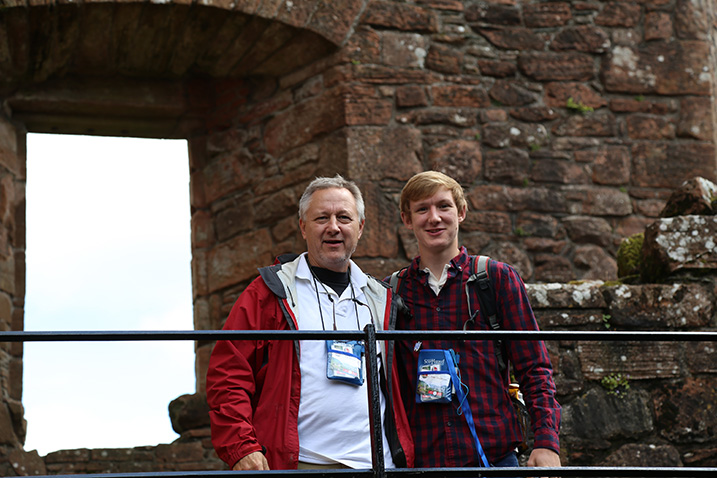
We concluded the day with a brief visit to New Lanark, an early experiment in utopian living and working that was attempted, with limited success and ultimate failure by the socialist Robert Owen. Human pride and selfishness somehow just keep getting in the way of establishing humanistic perfect environments where utopian enterprises seem to disintegrate.
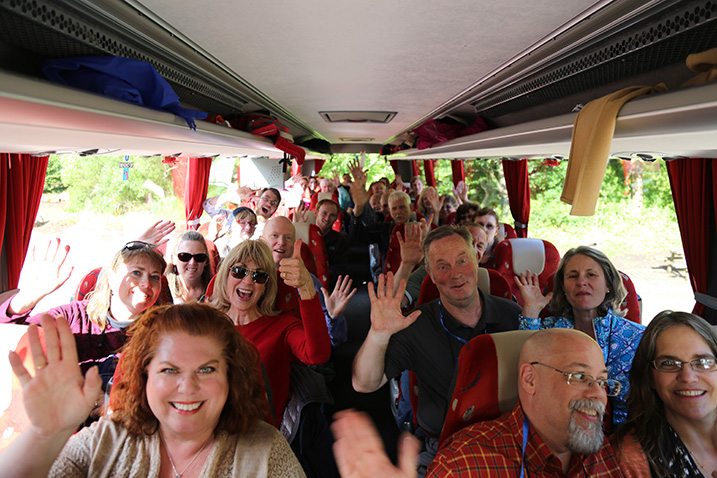
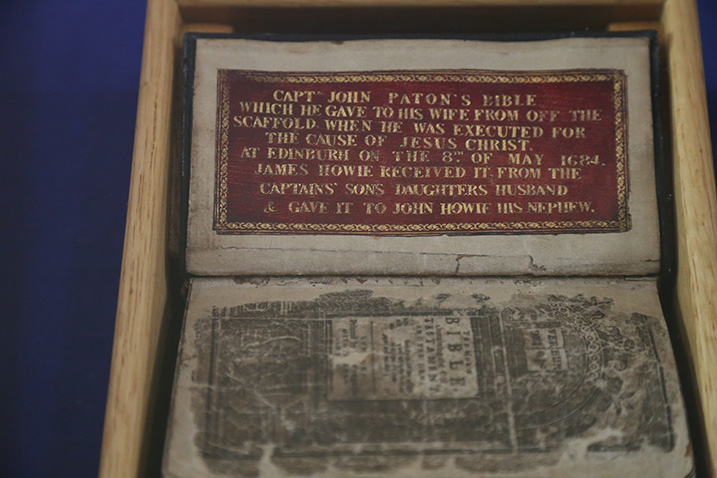
Day 5
On the fifth day we travelled a long way by coach to the southern coast of Scotland and Caeleverock Castle, the epitome of Medieval fortresses. Begun in the 13th Century, it became the home of the Border family of Maxwell for four hundred years. It entertained many sieges, perhaps the most famous its stout defense by only sixty men for a long time against the might of the English army. The Catholic Maxwells defended the place for thirteen weeks before it was taken by the Covenanter forces and slighted to the ruins you see today. Our travels took us then to the “book town of Scotland,” Wigtown, where we stood by the grave of the “two Margarets.” There we heard of the bold stand two ladies made “for the Crown and the Covenant of Christ,” to the death, by drowning. Their martyrdoms have encouraged and blessed many thousands of people that their lives could never have reached, down through the centuries.
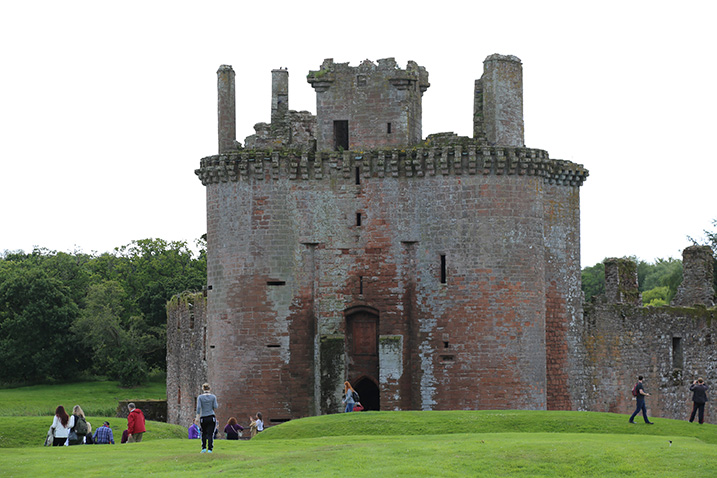
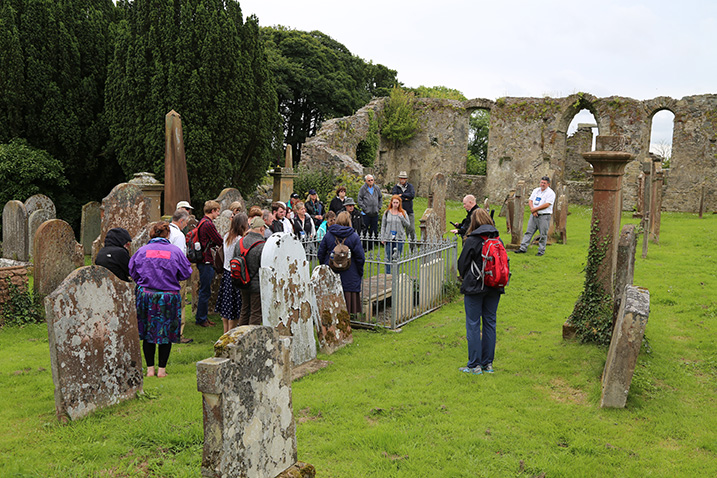
Day 6
Our last day for the Lowlands tour began at the historic and beautiful Reformation church at Burntisland. With the pulpit in the center and the congregation arrayed around, we saw the centrality of preaching the Word of God so vital to the Protestant Reformation. Although less attended in modern times, like most old churches in Scotland, the Word of God has gone forth from there for over 400 years.
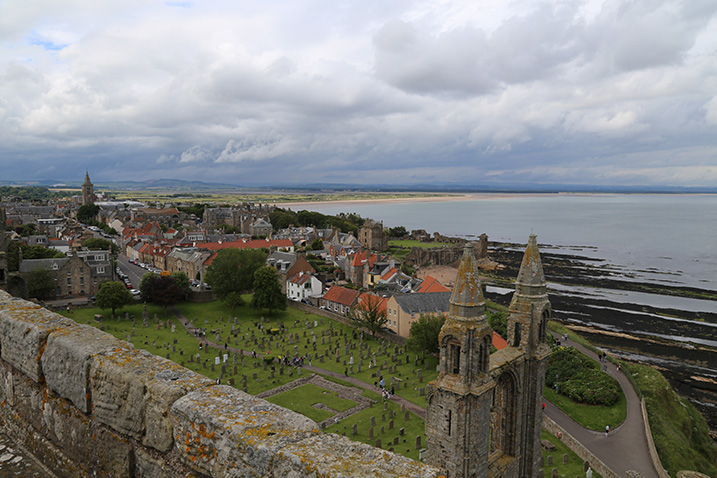
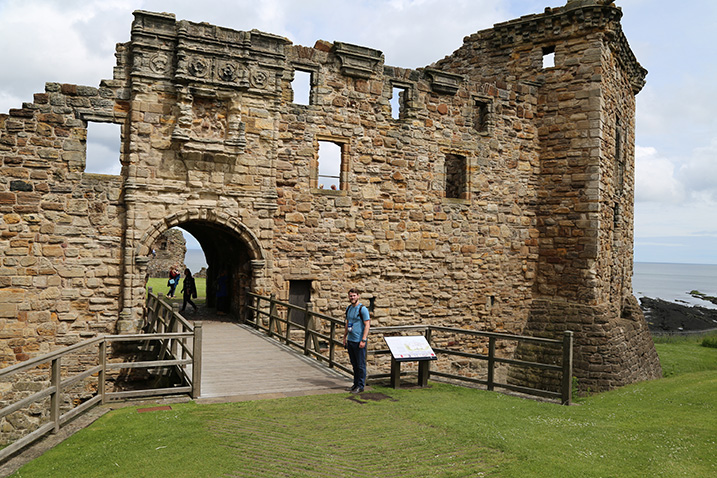
We concluded the tour in the town of St. Andrews where we strolled among the ruins of the old Cathedral and told the stories of the persecutors and the martyrs, as well as the great stalwart of the Second Reformation, Samuel Rutherford. From the execution sites of young Patrick Hamilton and old George Wishart, we explored the castle ruins where John Knox and others defended the town from the French fleet, a forlorn hope. As always we ended the adventure with a fine banquet in Edinburgh, this time at the historic “Medical College Library,” surrounded by the portraits of famous Christian doctors who gave to Scotland its reputation as the foremost medical training ground in the world. The icing for the week came with all our musicians performing together in an unprecedented concert of favorite Scottish lays!

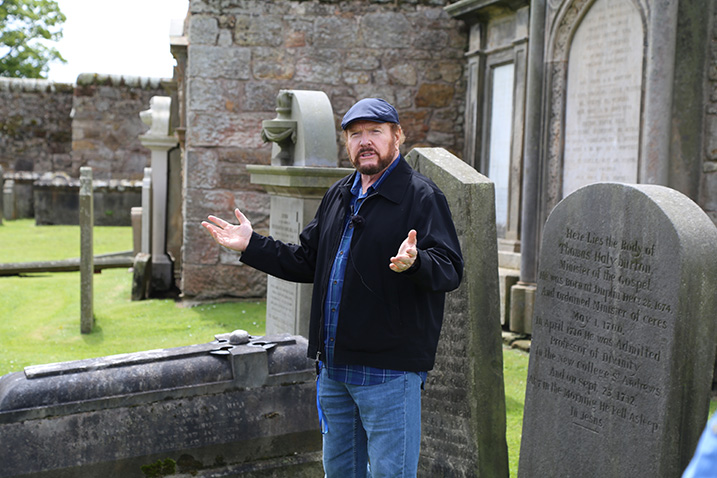
We said goodbye to our Lowlands-only companions and hello to several new ones for the Highlands, including renowned historian Marshall Foster, wondering how we could be as blessed by God in seeing His hand in history, as we had been for the previous week. We were soon to find out.
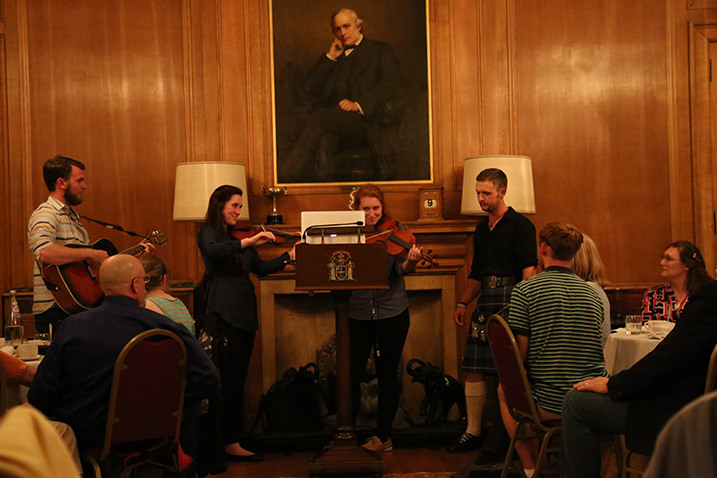
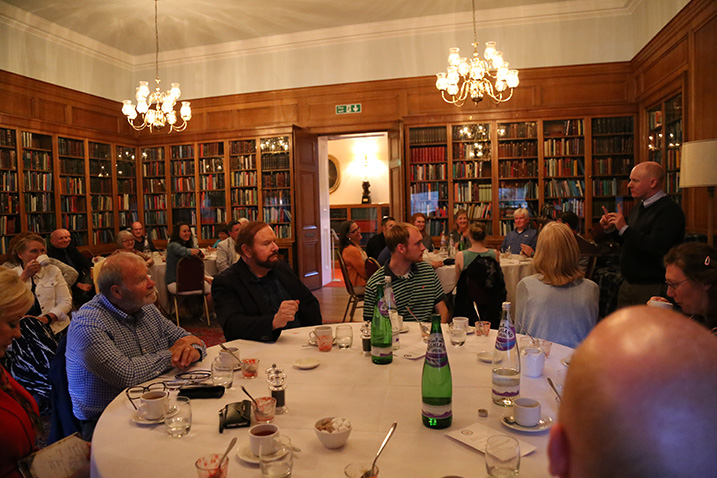
Week Two: The Highlands
Day 1
We launched out on our tour of the Highlands with a previously unscheduled visit to the town of Dunkeld. There, around the cathedral and the town a British regiment of Covenanter origin, the Cameronians, outnumbered about four to one, defeated an army of Jacobite rebels, putting to an end their pretentions to recapture the English throne from William and Mary. We drove through the heart of the Highlands and continued our military day with a traverse of the Culloden Battlefield where another Jacobite army led by the Pretender, “Bonnie Prince Charlie,” was destroyed by an army of Redcoats and Highlanders, thus ending the revolt known as “The 45.” We ended the day at Fort George, a state of the art 18th Century Fort, today hosting a garrison of the Black Watch Regiment.
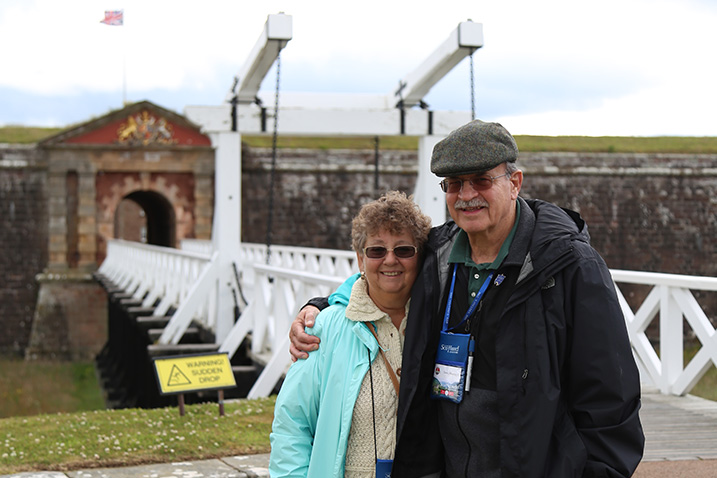

Day 2
On Day Two of our Highland adventure, we began with a cruise down Loch Ness aboard the Jacobite Rebel to Urquhart Castle, one of the most magnificent ruins in all Scotland. Standing above Loch Ness, the castle has seen many fights between Highland clans and between clans and foreign invaders, including the wars for Scottish independence. Colin searched in vain for signs of the legendary monster that lives in the waters but still retained his faith in the myth. Our trail then led us to the sorrowful glen of Coe where our driver took us up the valley of tears and down to the interpretive center. We ended the day in the storied fishing town of Oban.
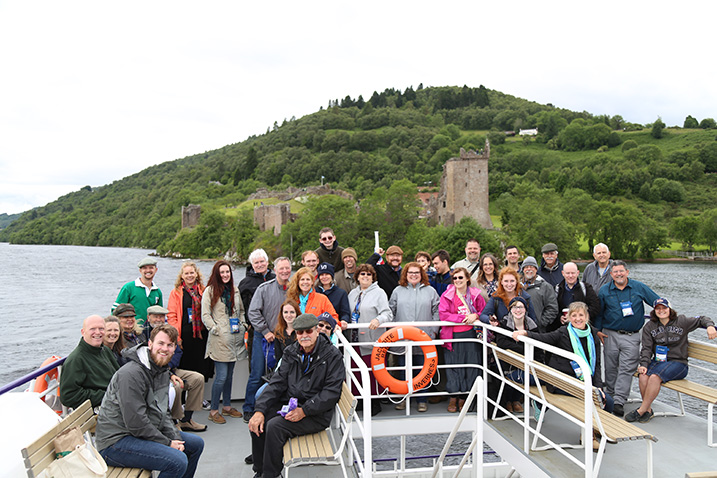
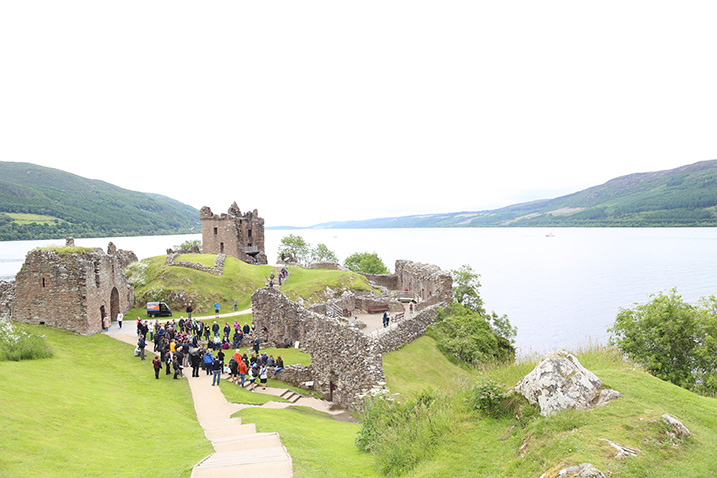
Day 3
The third day featured an all day excursion to the ancient valley of Kilmartin. At Dunadd we climbed to the very top where the ancient capitol of the Scottish kingdom of Dal Riata originally lay, and where the footprint stone of coronation still beckons. More photos are taken there than any other site we visit for we can see many miles, in which we see sheep, cattle, standing stones, and cairns of indeterminate age. Our examination of the standing stones and the primitive circular wood reminded us of the druidic pagan attempts to find God and salvation in the creation alone. In the midst of the ancient pagan ritualistic sites stands the Reformed Church, a symbol of the coming of true Christianity to the region, now reduced to occasional worship and forgotten truths. We concluded our day in Kilmartin with a trek up to Carnasserie Castle, where the McAlpins and others assembled to join Argyll in what became a failed uprising against James II. The castle was the home of John Carswell, who translated Knox’s work into Gaelic, thus helping bring the Gospel to the Highlanders of the Western region.

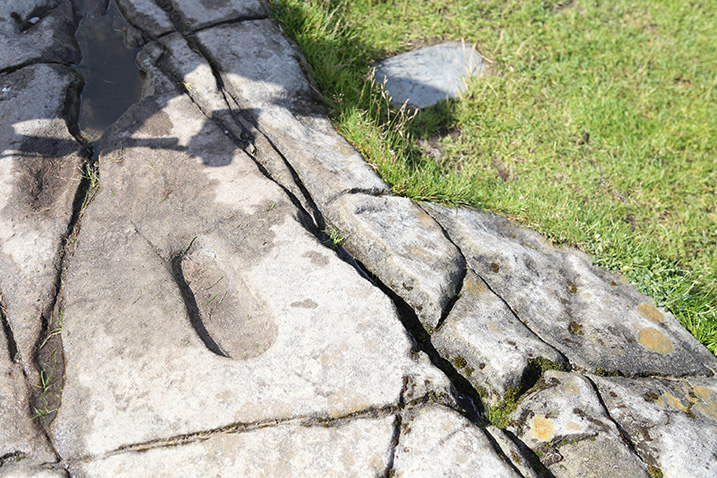
Day 4
Days four and five were spent on the Island of Iona, after a long and not perilous journey aboard ferries and busses to the historic Island. The small island played host to the missionary monks of “St. Columba” in the sixth Century. Although no buildings remain there from his time, the area has been considered sacred ever since. We viewed the cemetery where many kings of the isles, including Kenneth McAlpin, who unified the Picts and the Scots, and Macbeth, of Shakespeare fame, are buried. The island was the staging area for “Celtic” Christian missions to the Picts and Scots and later to Northumbria and other places of Northern Europe. Our musicians performed beautiful hymns in the medieval abbey and everyone had opportunity to walk the islands and hills, gaze on the splendor of creation, and ponder the advance of the gospel through the centuries. A small contingent drove back to the Isle of Mull and visited Duart Castle, home of Clan McLean, on a rainy day, so unusual for those parts . . .
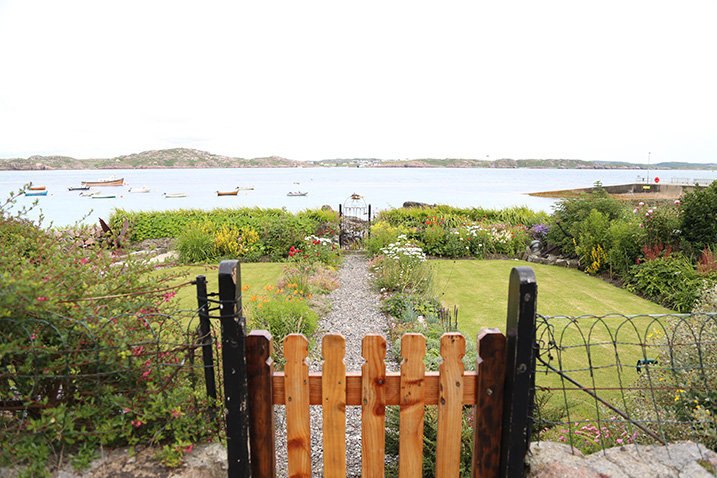
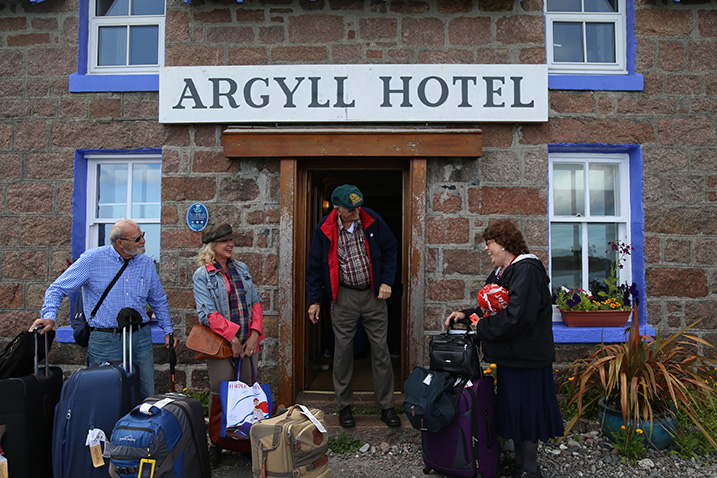
Day 5
Our return to Edinburgh the next day ended in the storied banquet again, where our historians recounted lessons from the week and encouragement to remember the mighty acts of God in the history of Scotland and in our own history. A final wonderful concert from our unplanned mixture of accomplished singers and instrumentalists left us with the wistful memories of the past and hopes for the future.
